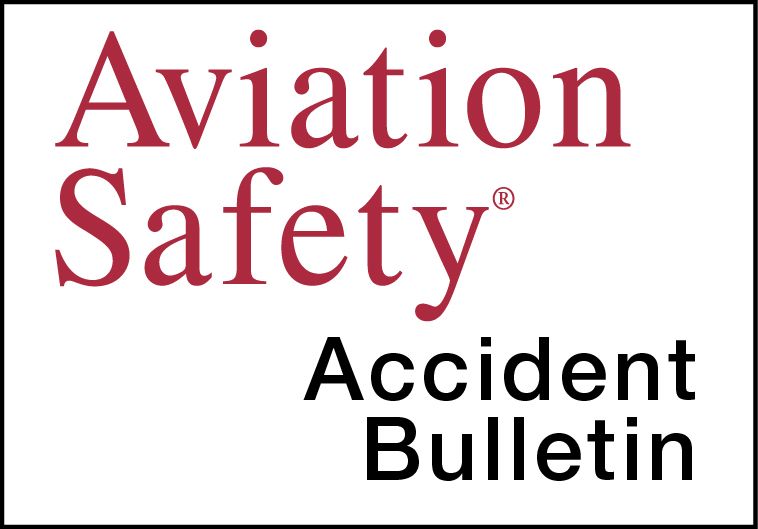AVweb’s General Aviation Accident Bulletin is taken from the pages of our sister publication, Aviation Safety magazine. All the reports listed here are preliminary and include only initial factual findings about crashes. You can learn more about the final probable cause on the NTSB’s website at www.ntsb.gov. Final reports appear about a year after the accident, although some take longer. Find out more about Aviation Safety at www.aviationsafetymagazine.com.
June 21, 2019, Mokuleia, Hawaii
Beechcraft 65-A90 King Air
At 1822 Hawaii-Aleutian time, the airplane collided with terrain shortly after takeoff. The commercial pilot and 10 passengers sustained fatal injuries; the airplane was destroyed. Visual conditions prevailed.
The accident flight’s occupants included the pilot, three tandem parachute instructors and their three customers, two camera operators and two solo jumpers. A parachute instructor later stated the airplane sounded normal, consistent with the engines operating at high power. When it came into view headed toward him, it was at an altitude of between 150 and 200 feet AGL and appeared to be turning. He could see its belly, with the top of the cabin facing the ocean to the north. The airplane then struck the ground in a nose-down, inverted attitude and a fireball erupted.
June 27, 2019, Hope Mills, N.C.
Beechcraft E55 Baron
The airplane was destroyed when it impacted a residence and terrain at about 2232 Eastern time during an approach to land. The private pilot and one person in the residence were fatally injured; a second person in the residence was seriously injured. Night visual conditions prevailed.
Earlier, the accident pilot had encountered a failure of the airplane’s attitude and heading reference system (AHRS). He told a friend that he planned to take the airplane to an avionics shop and that he planned to perform three landings to maintain night currency.
After takeoff, the flight remained in the traffic pattern for Runway 4. While on the right base leg, the pilot reported control issues with the airplane. No further communications were received from the accident flight. The accident site was about two miles southwest of the approach end of Runway 4.
An avionics technician subsequently reported the pilot visited his shop at about 1800 to check on the AHRS repair. The pilot was informed that the repair was not complete as the facility needed to contact the avionics manufacturer for more information.
The impact path began with freshly cut treetops, descending at about a 35-degree angle for approximately 50 feet. The left engine’s propeller blades exhibited a combination of S-bending, chordwise scratching, leading edge gouges and tip curling. The right propeller separated from its engine and was not located. The aileron trim actuator position corresponded to a full nose-down tab on the left aileron. The rudder trim actuator corresponded to five degrees nose-left. Both elevator trim actuators corresponded to full nose-down trim. Flight control continuity was confirmed from all control surfaces to the cockpit yoke.
June 30, 2019, Addison, Texas
Beechcraft B300 King Air 350i
At about 0911 Central time, the airplane collided with a hangar and terrain shortly after takeoff. The airline transport pilot, the commercial co-pilot and eight passengers sustained fatal injuries. A post-impact fire ensued and the airplane was destroyed. Visual conditions prevailed.
The takeoff was observed by security cameras and several witnesses. One witness stated the airplane seemed quieter than normal, like it did not have sufficient power to take off. After liftoff, witnesses observed the airplane drift then roll to the left before colliding with the hangar. One camera showed the airplane rolling completely inverted.
The airplane’s cockpit voice recorder recorded a crew comment regarding a problem with the left engine about eight seconds before the end of the recording. Three automated “bank angle” aural alerts began about three seconds before the end of the recording.
This article originally appeared in the September 2019 issue of Aviation Safety magazine.
For more great content like this, subscribe to Aviation Safety!



































